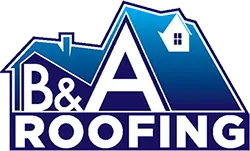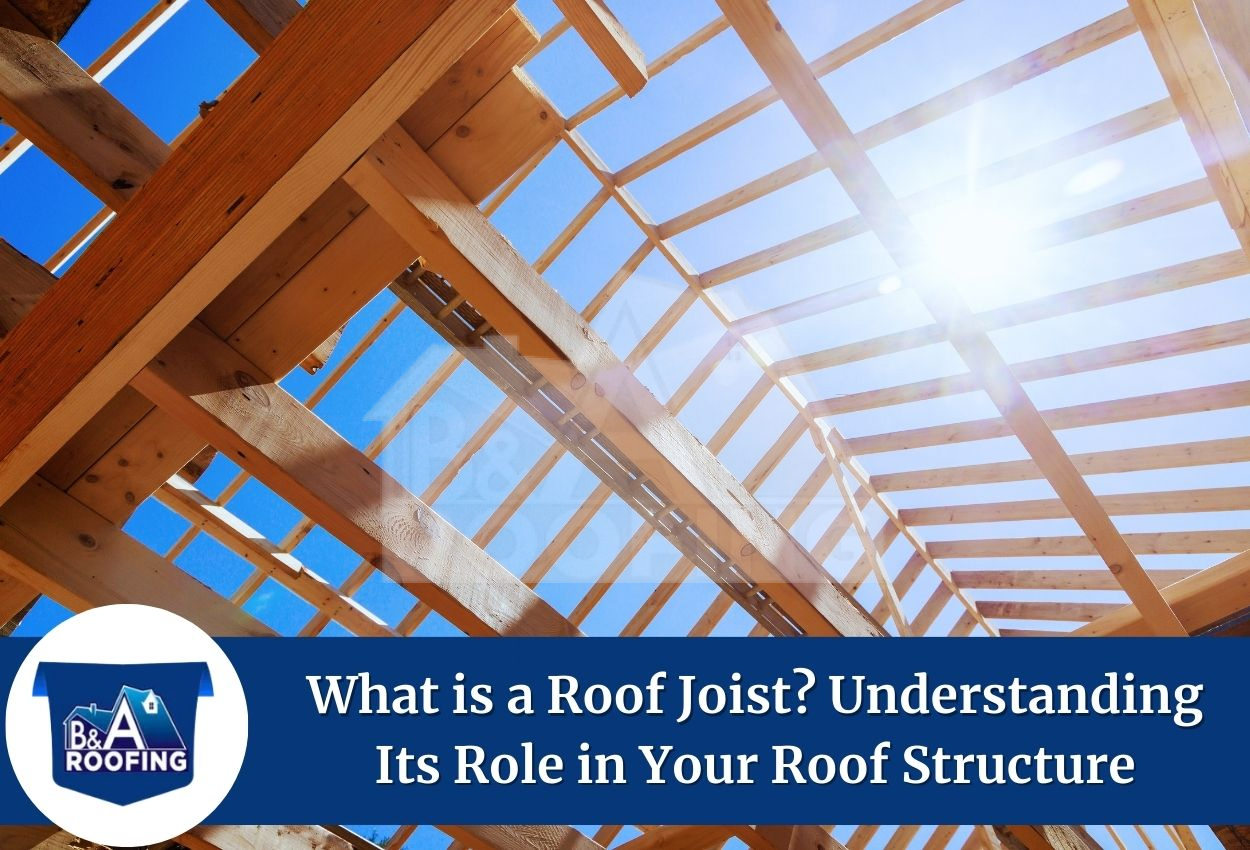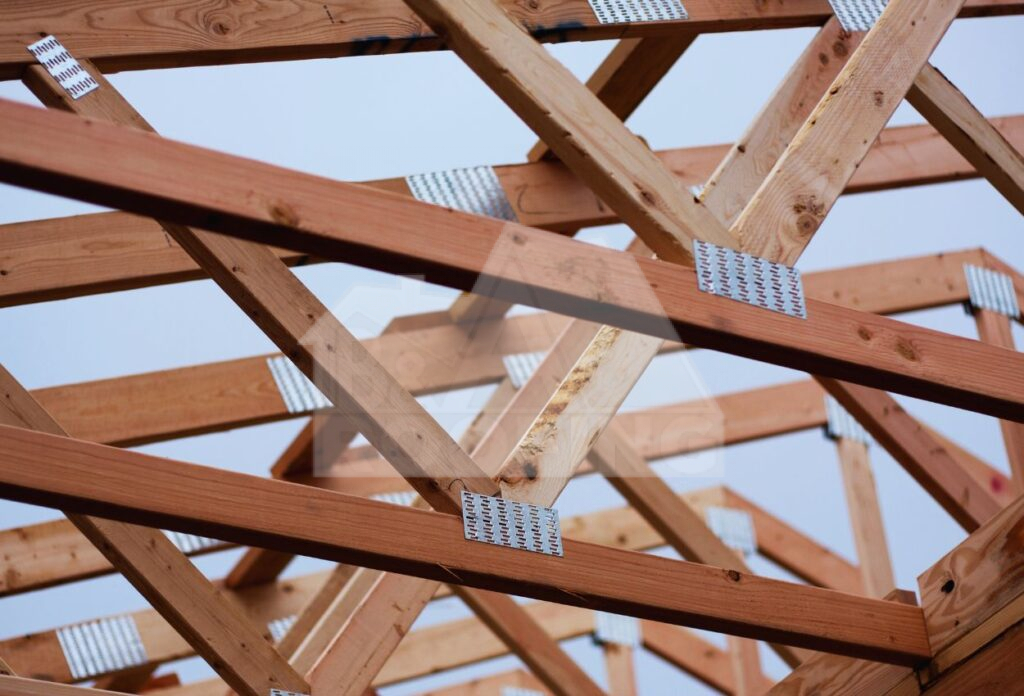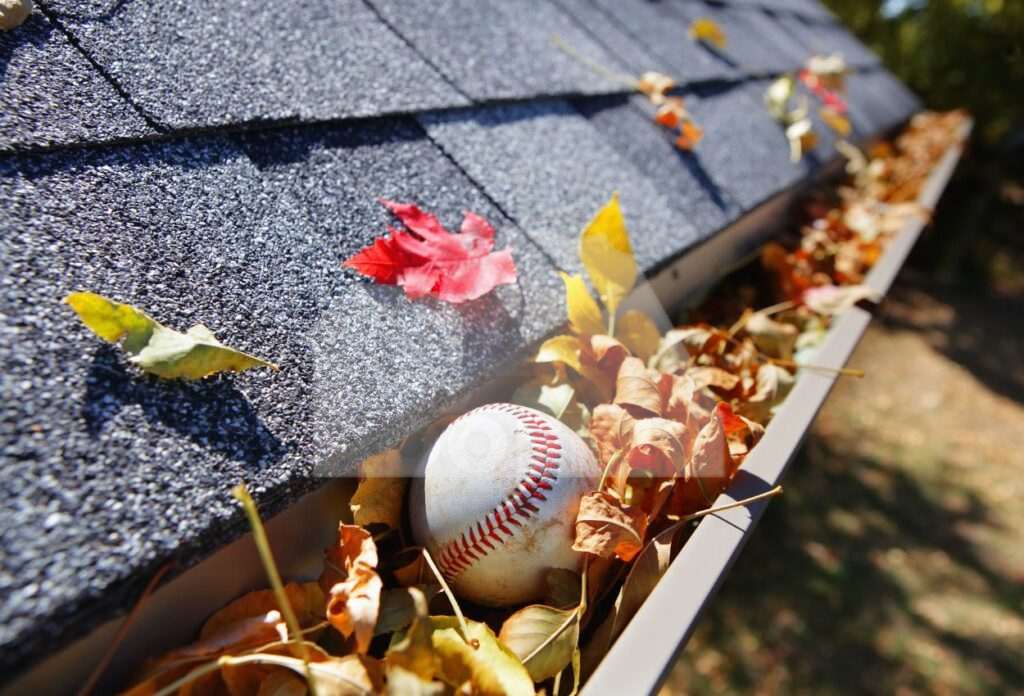Instant Roof Quote
 ×
×
South MS: (601) 520-3183
North MS: (662) 636-7663
North AL: (256) 692-5527
Meridian, MS: (601) 841-3218
Do You Need To File An Insurance Claim
Posted on February 26, 2025

For any homeowner, a strong roof is essential for protection against the elements, and for that, roof joists help maintain its stability. These structural components may not sound that important, but they help distribute weight evenly, prevent sagging, and provide support for the entire roof. Understanding their function and importance allows homeowners to make informed decisions about roof maintenance and repairs.
Let’s get into this blog post so you understand the answer to the question: What is a roof joist?

Roof joists, horizontal beams that provide strong structural support, are essential for a building’s roof. Placed parallel to each other, they span between walls, evenly distributing the roof’s weight, including extra loads like debris buildup or maintenance workers. Proper spacing—usually 12 to 24 inches apart—is necessary to prevent bending or failure. Working together with rafters and beams, roof joists create a sturdy, reliable structure that keeps the building protected from the elements.
Roofing joists are more than just one part of your roof. Let’s break it down further:
Roof joists provide essential support, keeping the roof stable and preventing sagging under heavy loads like wind.
By spreading the roof’s weight across walls and beams, joists prevent stress points that could lead to structural damage.
They help hold the walls together, stopping them from shifting apart due to the weight of the roof.
Joists allow for the installation of wiring, plumbing, and HVAC systems without compromising structural strength.
Joists contribute to a strong and durable roofing system alongside rafters and trusses.
Proper installation and maintenance prevent sagging, leaks, and other issues that could weaken the structure over time.
When installing a new roof, you have a few options when it comes to joist materials.

One of the most popular choices for roof joists, timber is valued for its availability and ease of use. It’s naturally strong, making it ideal for residential buildings. Timber also provides good insulation, which can help lower energy costs. Its natural look adds warmth to any space if left exposed, though it can be vulnerable to moisture and pests like termites, requiring regular maintenance and treatment.

Known for its strength and long lifespan, steel joists can span longer distances without needing additional support, making them perfect for large commercial spaces. Steel is fire-resistant and does not warp or shrink like wood. However, steel can conduct heat, so proper insulation is necessary. While the initial cost is higher, steel’s durability makes it a cost-effective option in the long run.
Made by bonding layers of wood or fibers together, engineered wood products like laminated veneer lumber (LVL), glulam beams, and I-joists offer high strength. These materials are less likely to warp or split compared to traditional lumber and can cover longer spans with less material, making them efficient and eco-friendly for modern construction.
Used mostly in commercial buildings, concrete joists are known for their strength and fire resistance. Precast concrete joists can be manufactured off-site and installed quickly, which reduces construction time. They are highly durable and weather-resistant but are heavier than other materials, requiring additional support. Concrete is also low maintenance, though it has less flexibility in design than other materials.
Increasingly popular, composite materials combine the best features of various materials, often using recycled plastics and wood fibers. These materials are lightweight, strong, and resistant to moisture, decay, and pests. They require minimal maintenance and can mimic the look of natural wood while offering improved durability.
Particularly useful in coastal areas, aluminum joists are known for their lighter weight and resistance to corrosion. They are easy to install and require minimal upkeep. However, aluminum does not provide as much insulation as wood or engineered products, so additional insulation might be needed.
Known for being lightweight yet incredibly strong, fiber-reinforced polymer (FRP) is made from a polymer reinforced with fibers like glass or carbon. FRP is highly resistant to corrosion, making it ideal for moist or chemically exposed environments. It offers excellent durability and low maintenance, though it tends to be more expensive than traditional materials.
Installing roof joists requires precision and the right materials. Let’s walk through the step-by-step process:
| Tools |
| Screw Gun |
| Tape Measure |
| Square |
| Clamps |
| Materials |
| Joists |
| Wall Plates |
| Nails or Screw |
| Bracing Materials |
Start by clearing the area to make sure it’s clean and level. This is critical for maintaining safety during installation. Next, measure and mark the positions of the joists on the wall plates. Accurate measurements here are key for ensuring your joists align properly during installation.
Once the area is prepared, focus on securing the wall plates. These plates need to be level and firmly attached to the load-bearing walls because they provide the foundation for the joists. Make sure everything is securely fastened to avoid any shifting as the joists are added.
Now, it’s time to lift the first joist into place, aligning it with the markings on the wall plates. To keep it stable during the next steps, temporarily brace the joist. This will hold it in place as you continue installing the other joists.
After the first joist is positioned, continue by aligning and securing the remaining joists. Each joist should be placed carefully to match the alignment of the first one. Use temporary bracing to hold each joist while you check its vertical alignment. This ensures the structure remains straight and stable.
Once all the joists are in place and aligned, you’ll need to add permanent bracing. These braces should be positioned at a 45-degree angle to add extra stability. Check that the braces are securely fastened at both ends to provide the support the structure needs.
After the joists are installed, remove any temporary bracing that was used to hold them in place. This step ensures that the structure remains stable and ready for the roofing materials. Double-check everything to make sure the roof joists are secure before moving on to the next stage of construction.
Joists can face problems over time. Here are the most common issues and what causes them:
Excessive weight or structural stress can cause roof joists to sag or bow. This not only leads to uneven ceilings but can also pose a risk of collapse if left unaddressed.
When roof joists are exposed to moisture—whether from leaks or high humidity—the wood can begin to rot. This weakens the joists and significantly increases the risk of failure.
Pests, particularly termites, can infest roof joists and cause severe damage. Regular inspections are essential to spot infestations early and prevent long-term damage to the roof structure.
Errors during installation, such as incorrect spacing or inadequate support, can result in long-term structural problems. These issues may require extensive repairs to restore the roof’s strength and stability.
Using materials that aren’t suitable for the load requirements of the roof can cause premature failure. For heavier roofs, it may be necessary to use stronger materials such as steel or engineered wood.
Inadequate ventilation in the attic can lead to moisture buildup, which promotes rot and mold growth. This can affect not just the roof joists but other structural elements as well, weakening the overall integrity of the roof.
Regular maintenance can prevent major roof joist problems. Below are some key tips to keep them in good shape:
Check your roof joists once or twice a year for signs of damage, moisture problems, or pests.

Clear debris from the roof and trim overhanging branches to prevent moisture buildup and physical damage.
Seal leaks quickly and ensure proper attic ventilation to reduce humidity and avoid mold or rot.
Support sagging joists with extra reinforcement, and replace any rotten wood. For major issues, consult a professional.

Use wood preservatives and pest control methods to prevent damage from termites or other pests.
For serious damage or complex repairs, hire experts to restore your roof joists safely and effectively.
Take the best care of your home’s largest investment with B & A Roofing and Gutters! From repairs to full roof replacements, we offer expert roofing services to meet your needs. Our skilled team uses only quality materials and proven techniques for a durable, leak-proof, and visually appealing roof. Contact us at (601) 520-3183 and enjoy the peace of mind that comes with a well-maintained roof. Don’t wait for a small problem to become an expensive issue—reach out now!
Don’t see your location? Call us! We Likelt serve your area too